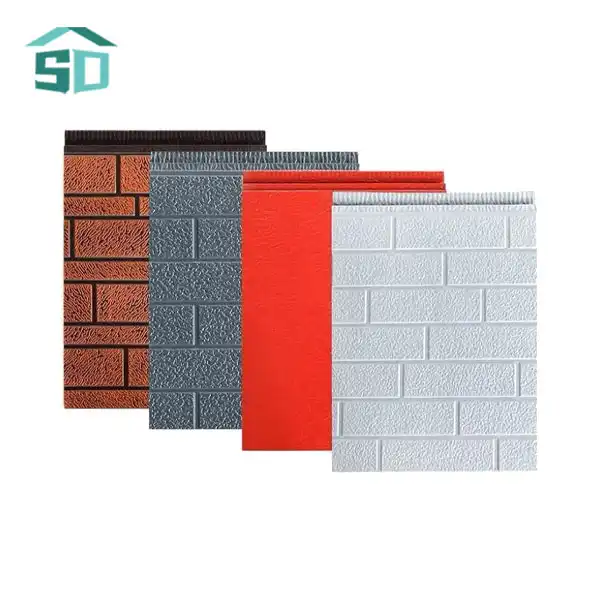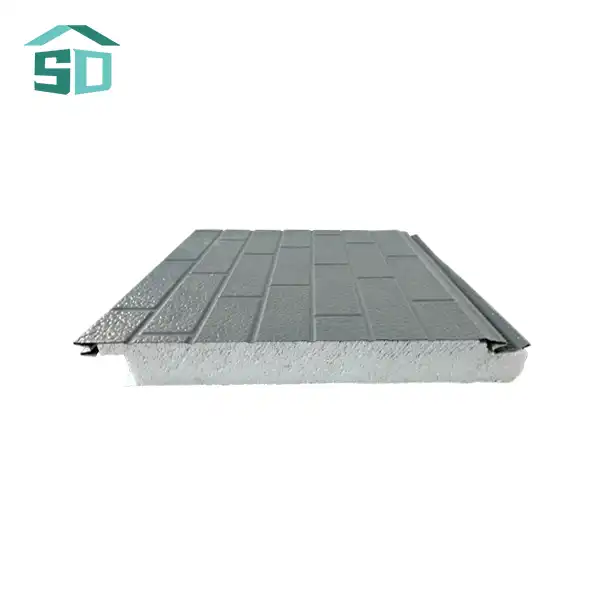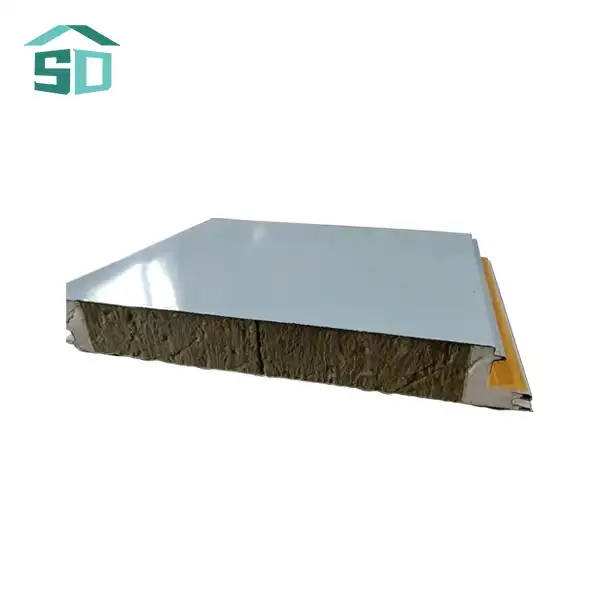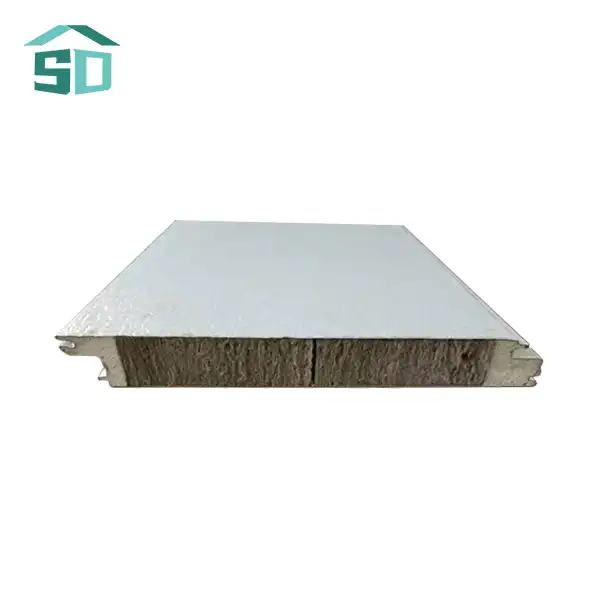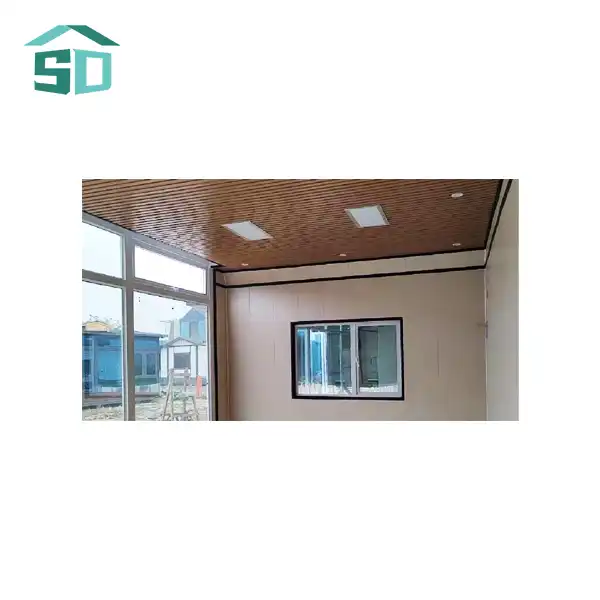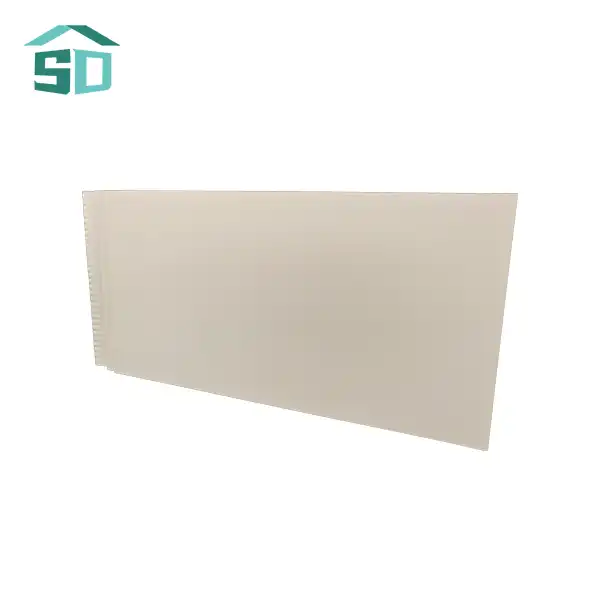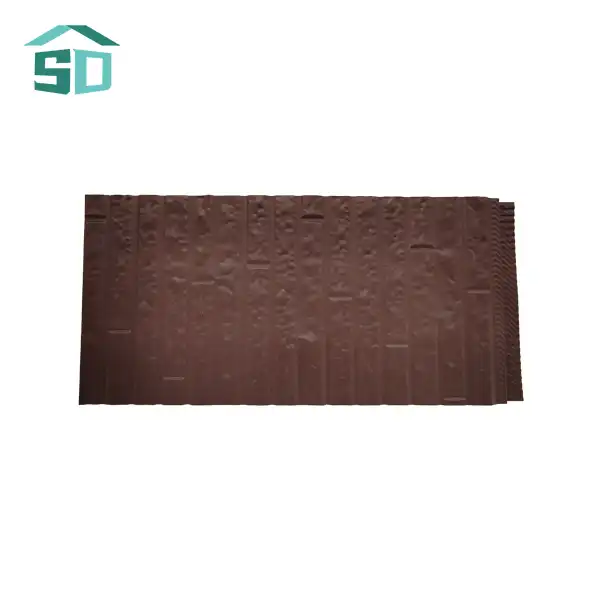The Evolution of Wall Insulation: From Function to Fashion
Traditionally, wall insulation was viewed purely as a functional necessity, hidden away behind drywall and paint. However, the advent of decorative insulated wall panels has transformed this perception. These panels serve a dual purpose, acting as both an insulating barrier and a design element. Manufacturers now offer a wide array of styles, textures, and colors, allowing for customization that complements any architectural vision.
The versatility of decorative insulated wall panels extends beyond mere aesthetics. These panels are engineered to provide excellent thermal insulation, contributing to energy efficiency in buildings. By reducing heat transfer, they help maintain consistent indoor temperatures, potentially lowering heating and cooling costs. This combination of style and energy efficiency makes decorative insulated wall panels an attractive option for both new construction and renovation projects.
Materials and Manufacturing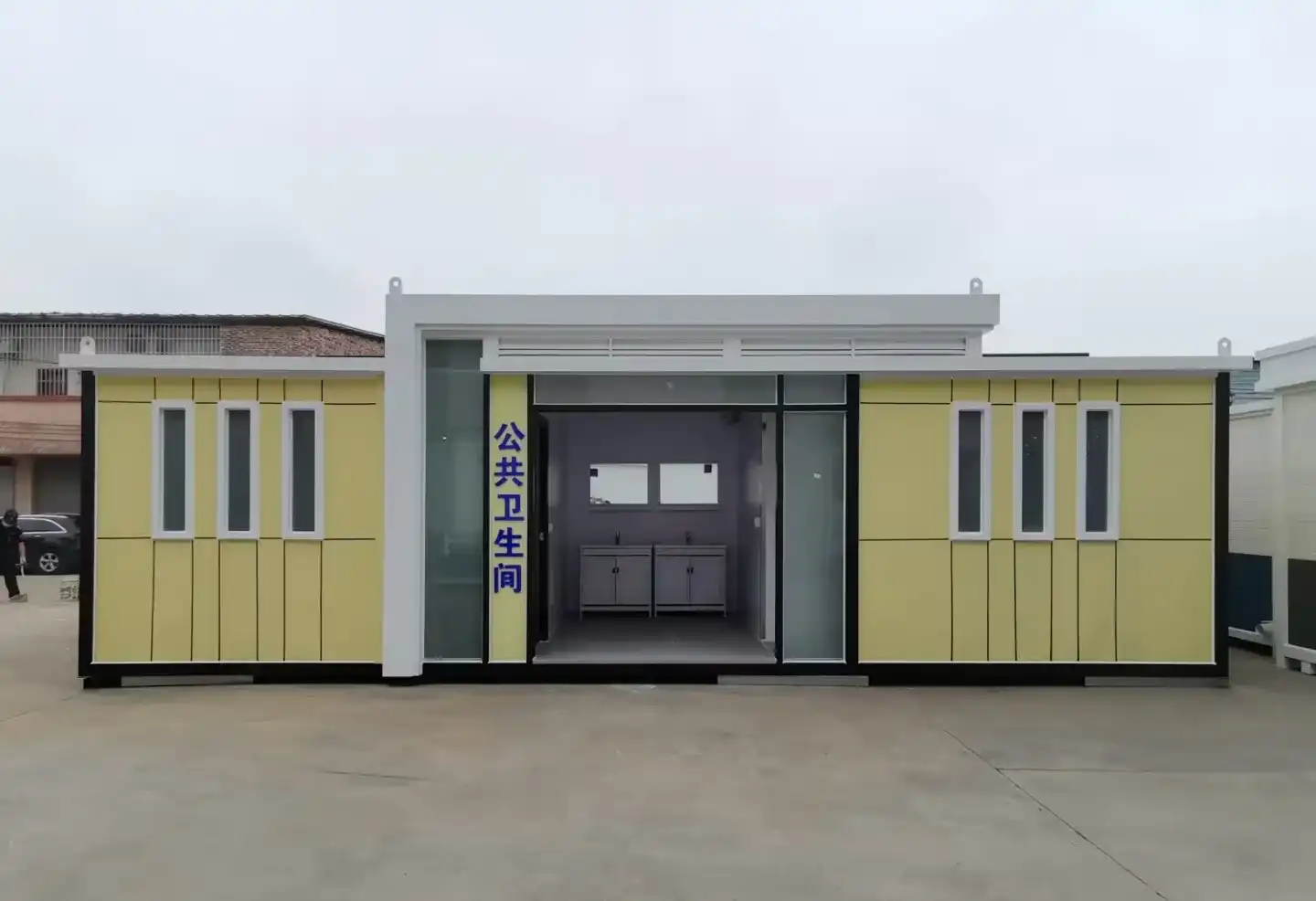
The production of decorative insulated wall panels involves a careful selection of materials and advanced manufacturing processes. Common core materials include polyurethane, polystyrene, rock wool, and glass wool, each chosen for its insulating properties. The outer layers are typically made from durable materials such as aluminum, steel, or copper, which can be treated with various finishes to achieve the desired look.
Innovation in manufacturing techniques has allowed for the creation of panels with intricate designs and textures. Some panels mimic natural materials like wood or stone, while others feature modern, abstract patterns. This diversity in design options ensures that decorative insulated wall panels can suit a wide range of architectural styles, from traditional to contemporary.
Moisture Resistance: A Key Feature of Modern Insulated Panels
One of the most significant advantages of decorative insulated wall panels is their superior moisture resistance. This feature is crucial in protecting buildings from water damage, mold growth, and structural deterioration. The moisture-resistant properties of these panels are achieved through several mechanisms:
Waterproof Coatings and Sealants
Many decorative insulated wall panels are treated with specialized waterproof coatings or sealants. These treatments create a barrier that prevents water from penetrating the panel's surface. This is particularly important for exterior applications where panels are exposed to rain, snow, and other forms of moisture.
Vapor Barriers
Some panels incorporate vapor barriers within their construction. These barriers prevent moisture from migrating through the panel, which is essential in maintaining the integrity of the insulation and preventing condensation within walls.
Moisture-Resistant Core Materials
The insulation materials used in these panels are often selected for their inherent moisture-resistant properties. Materials like closed-cell polyurethane foam, for example, naturally resist water absorption, adding an extra layer of protection against moisture infiltration.
The moisture resistance of decorative insulated wall panels contributes significantly to the longevity of buildings. By preventing water damage, these panels help maintain the structural integrity of walls, reduce the risk of mold and mildew growth, and preserve the aesthetic appeal of both interior and exterior surfaces.
Applications and Benefits in Various Settings
Decorative insulated wall panels find applications in a wide range of settings, each benefiting from their unique combination of style, insulation, and moisture resistance:
Residential Buildings
In homes, these panels can be used both internally and externally. Interior applications include feature walls in living rooms, bedrooms, or basements, where they can add visual interest while improving insulation. Externally, they provide an attractive facade that protects against the elements.
Commercial Spaces
Offices, retail stores, and restaurants can utilize decorative insulated wall panels to create striking interiors that are also energy-efficient. The moisture-resistant properties are particularly valuable in areas prone to high humidity or water exposure, such as kitchens or bathrooms.
Industrial Facilities
In industrial settings, these panels offer a practical solution for creating comfortable work environments while maintaining a professional appearance. Their durability and ease of maintenance make them suitable for high-traffic areas.
Educational Institutions
Schools and universities can benefit from the acoustic properties of certain decorative insulated wall panels, which can help create quieter learning environments. The panels' moisture resistance is also advantageous in areas like gymnasiums or locker rooms.
The versatility of decorative insulated wall panels extends to their installation process. Many panels are designed for easy installation, reducing labor costs and construction time. This efficiency, combined with their long-term durability and low maintenance requirements, makes them a cost-effective choice for many building projects.
Conclusion
Decorative insulated wall panels represent a significant advancement in building materials, offering a perfect blend of style, functionality, and durability. Their ability to combine aesthetic appeal with moisture resistance and insulation properties makes them an invaluable asset in modern construction and renovation projects. As the demand for energy-efficient and visually appealing buildings continues to grow, these panels are likely to play an increasingly important role in shaping the future of architecture and interior design.
For more information on our range of decorative insulated wall panels and how they can benefit your next project, please contact us at info@sdqsc.com. Our team of experts is ready to assist you in finding the perfect solution for your unique needs.
FAQ
How long do decorative insulated wall panels typically last?
With proper installation and maintenance, these panels can last 20-30 years or more, depending on the materials used and environmental conditions.
Can decorative insulated wall panels be used in high-moisture areas like bathrooms?
Yes, many of these panels are specifically designed for high-moisture environments, making them suitable for bathrooms, kitchens, and other areas prone to humidity.
Are these panels environmentally friendly?
Many manufacturers offer eco-friendly options made from recycled materials or sustainable resources. Additionally, their energy-saving properties contribute to reduced carbon footprints.
References
1.Building Science Corporation. (2021). "Moisture Control for Buildings."
2.U.S. Department of Energy. (2022). "Insulation Materials."
3.American Society of Heating, Refrigerating and Air-Conditioning Engineers. (2020). "ASHRAE Handbook - Fundamentals."
4.National Institute of Building Sciences. (2021). "Whole Building Design Guide: Wall Systems."
